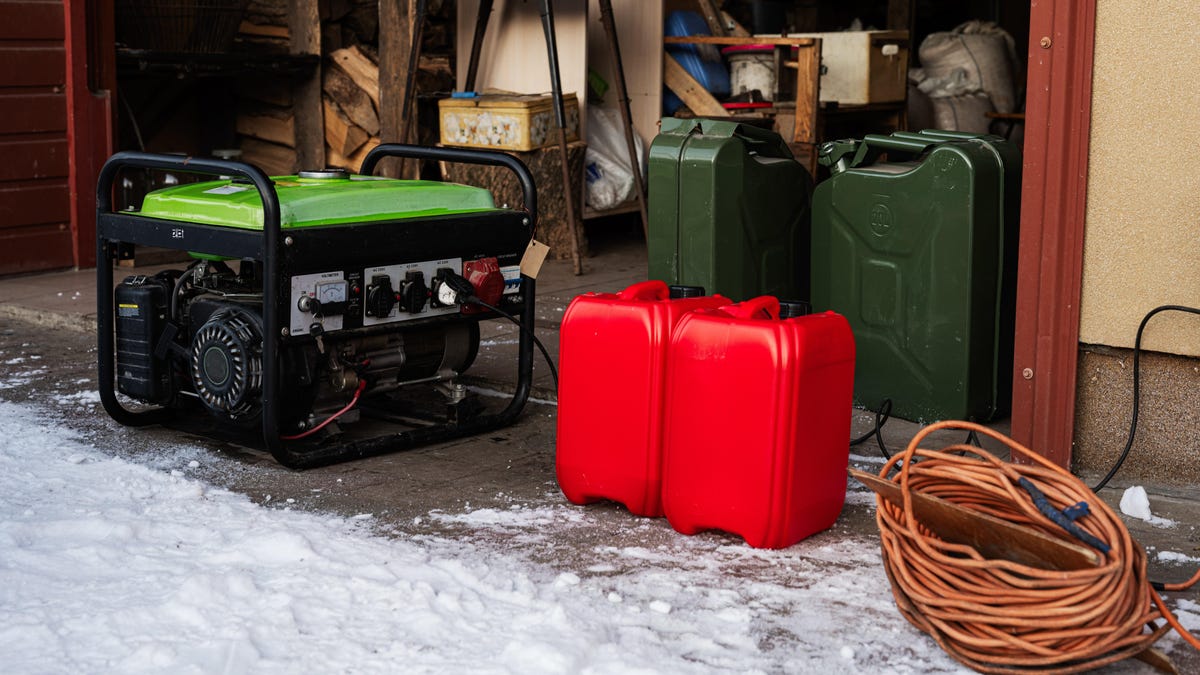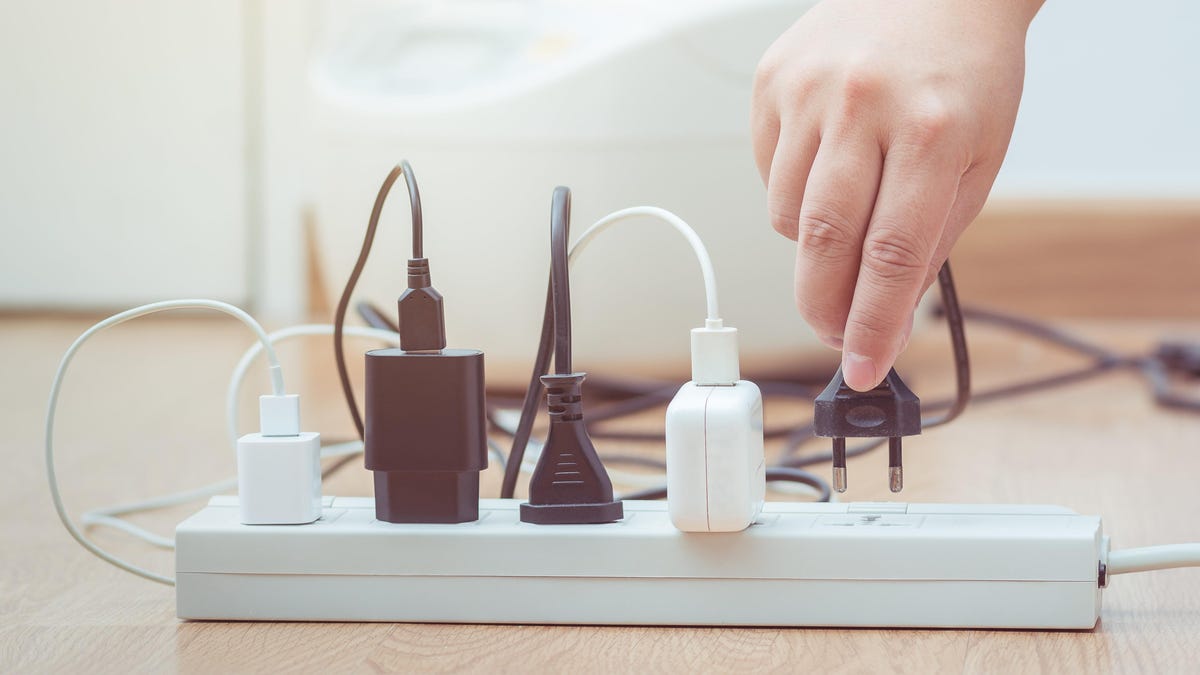You Should Leave Your Portable Generator on Empty
As extreme weather is becoming increasingly common, so too are the power outages that often accompany it. From downed power lines following a strong thunderstorm or blizzard, to the grid getting overloaded as people crank the air conditioning to...

As extreme weather is becoming increasingly common, so too are the power outages that often accompany it. From downed power lines following a strong thunderstorm or blizzard, to the grid getting overloaded as people crank the air conditioning to stay cool during a heatwave, we’re losing electricity more frequently, and for longer periods of time.
As a result, portable generators have been growing in popularity. Of course, if you invest in one, you want to make sure that it’s ready to use in an emergency situation. And though it may sound counterintuitive, this means storing the generator with an empty gas tank. Here’s why.
Why you should store your generator with an empty gas tank
In most cases, when you put a portable generator away, you won’t know when you’ll need it next. While it’s generally safe to leave fuel in the tank for less than 30 days, your best bet is to assume (and hope) that more than a month will pass before you’ll need it again—which means draining the fuel tank before storing your generator.
One reason for doing this is that the leftover fuel in your generator could go bad—especially if its exposed to extreme temperatures in a garage or shed—and may not be able to get it up and running in the next emergency situation. Plus, if old gasoline sits in the generator, it can clog the fuel line, as well as parts of the engine.
Store the generator and fuel separately
When you’re finished using the generator, let it run until until the gas tank is empty, then put the lid back on the tank. To ensure you have fuel the next time you need the generator, fill one or two canisters with gasoline—ideally ones approved by ASTM International, Underwriters Laboratories (UL), or Factory Mutual (FM).
Store the generator, canisters of gasoline, and some fuel stabilizer in the same spot, so everything is handy, but far away from any appliance that could spark or ignite a flame, as well as living areas.

 Koichiko
Koichiko 
































